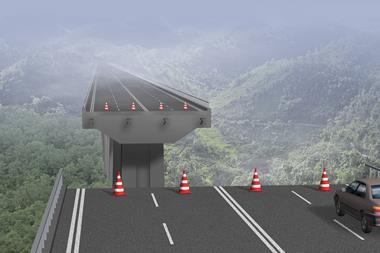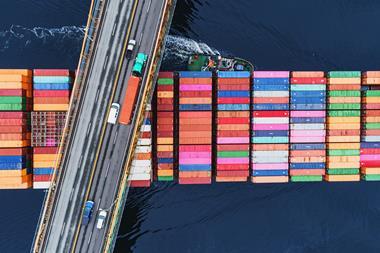Why global supply chains are ‘on the move’ as risk managers measure the trade-off between cost, risk and sustainability
“We talk to dozens of risk managers and hear the constant refrain that ’once supply chains were about cost, and today they’re about cost and risk’,” said Ashley Hirst, chief innovation & transformation officer of Swiss Re Corporate Solutions.
Speaking at Swiss Re’s Media Day, he explained how disruptive events over the last two to three years had revealed the true extent of the complexity of global supply chains and the numerous risks they are exposed to.
From natural catastrophes through to cyber, the pandemic, credit risk, Brexit, the War in Ukraine and ‘a ship blocking the Suez canal’ “it turns out there’s a whole load of different risk types that can hit a supply chain,” said Hirst.
According to data from McKinsey, up to a quarter of supply chains are currently ‘on the move’ as companies weigh up the relative benefits of just-in-time (JIT) manufacturing versus just-in-case contingencies.
Lean manufacturing practices (such as JIT) have created a vast and highly complex web of global supplier networks, which are extremely challenging to unpick.
Just one supply chain can include as many as 10,000 different companies, explained Hirst.
Drilling down into the data
Now, with companies facing the realities of disruptive forces and a growing raft of sustainability responsibilities, it is essential to understand where the risks are and how to improve resilience.
“The market used to think about natural catastrophe risk, but now reputation, shipping and logistics and ESG considerations are becoming crucial,” continued Hirst.
Both the challenges and solutions to supply chain risk and complexity are rooted in data, he thinks.
But supply chain data is largely disorganised and dispersed - ‘even within a company’ - while it is also challenging to benchmark and quantify different risk exposures. “These are fundamental problems that limit our ability to understand the risks properly,” said Hirst.
Corporate Solutions has developed a tool (Risk Data and Service Platform) that pulls an organisation’s different sources of supply chain data together into one place so that it can be mapped and modelled.
Such solutions can improve transparency into the supply chain, allowing corporate risk managers to identify the potential for single points of failure (SPOF) and assess where to get the best return on investment from risk reduction budgets.
This will become increasingly important as organisations seek to measure the trade off between cost, risk and sustainability. “It’s the ability to talk about risk with a common language and there’s an obvious solution,” concluded Hirst.




















No comments yet